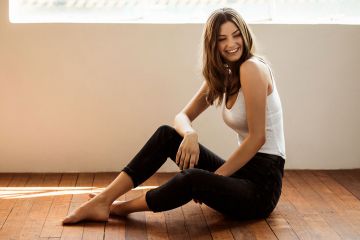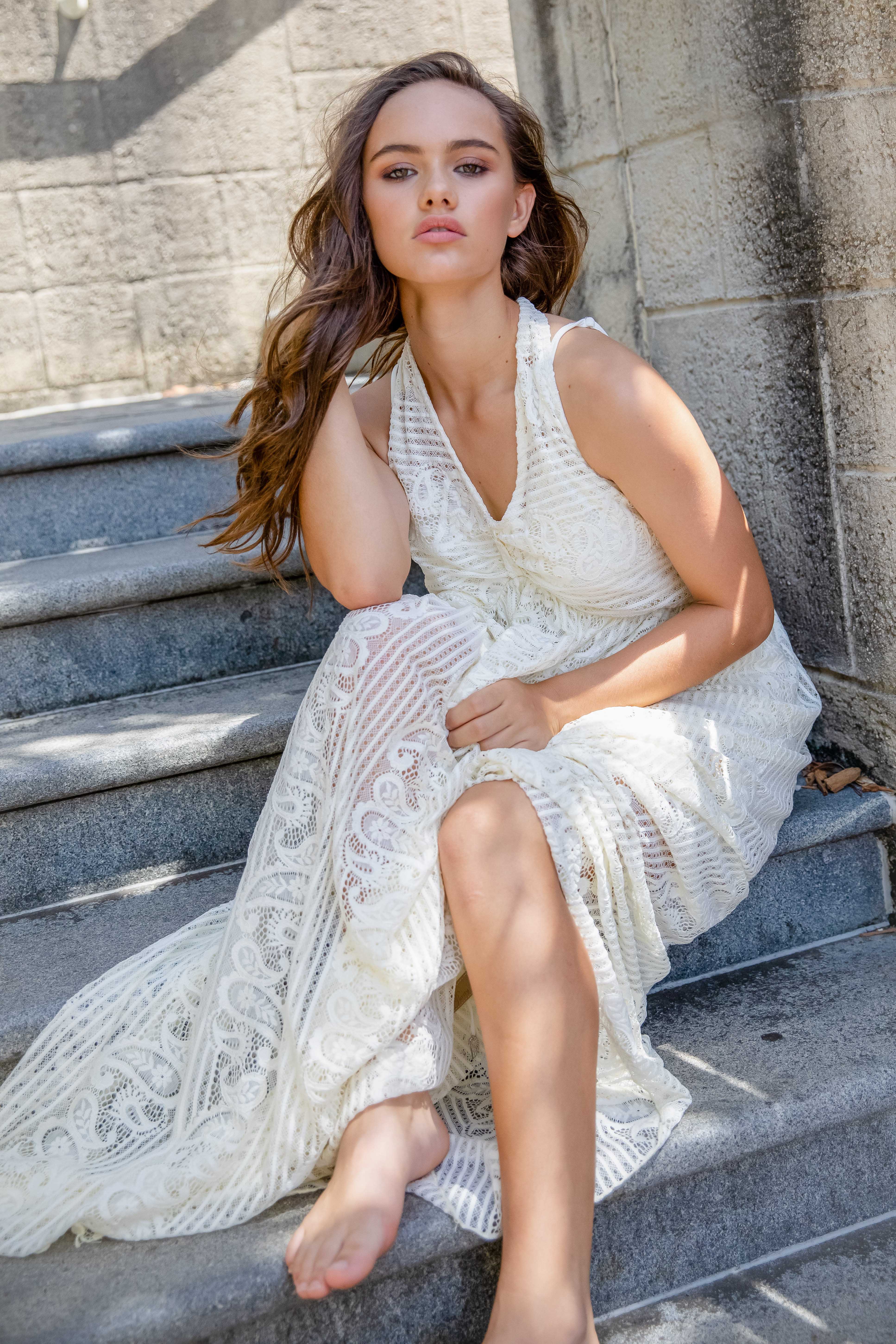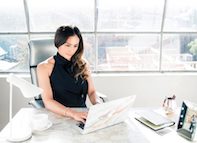The Newbie's Overview to Product Photography
If a photo deserves a thousand words, a stunning product picture deserves a thousand internet site gos to. Although I do not have data to support that declaration (yet), product photography can be exceptionally beneficial to your ecommerce web site approach.
To reach your target audience members that favor buying online, you also need to provide your audience clear, distinctive pictures of your products.
But product photography isn't as simple as directing and also firing. Also one of the most fundamental products require the appropriate equipment, lights, and also room to create gorgeous pictures that market buyers right from the purchase page.
6 Product Photography Tips ( as well as Instances) for Taking Photo That Sell
Below are the suggestions, examples, and products you'll require to effectively photo as well as market your items in a way that makes your visitors and also leads intend to convert.
1. Do not be afraid to utilize your smart device's electronic camera.
This is the part where I'm expected to convince you to invest in a premium, 50-megapixel (MP) electronic camera with a 100-millimeter screw-on lens. But I'm not mosting likely to do that.
If you currently have a video camera that fits this summary, make the most of it. But for lots of kinds of products, it's entirely appropriate to fire product pictures on a mobile phone.
Newer smartphones boast powerful camera lenses and also settings that enable you to optimize your shots for the different types of light and atmospheres you could shoot in.
If you require a lot more persuading, just have a look at Apple's Shot On An apple iphone campaign as well as the photos that have arised from it over the years such as this set:
2. Fire from a tripod for photo uniformity.
Prior to clarifying tripods, I'm bound to begin with a primary regulation: Don't prop your phone versus something tough to aim your lens towards the subject.
It's just too very easy for this makeshift setup to glide about during the shoot and cause inconsistencies in your pictures' appearance. If you rest your electronic camera on, claim, a pile of publications, just make sure this plan does not alter over the course of the shoot.
There's no harm in holding your cam on your own when firing just a couple of product photos for your ecommerce internet site. Yet as your service grows, and also you take much more pictures of more products, it can be tough to standardize the product's positioning in each photo when shooting portable.
To guarantee consistency across your products, you'll need a tripod. And thankfully, getting one isn't constantly the big, industrial-sized investment it made use of to be.
Below are 2 kinds of tripods to take into consideration.
Traditional vs. Flexible

This is a custom tripod-- there are typical tripods available for both cams as well as smart devices.
A flexible tripod can be controlled in a number of means. You can bend its legs and also place it on different surfaces to obtain the angle you require.
Mobile Grip
There's frequently a screw on the top of your tripod which attaches to your video camera to hold it in place. The bottom of many professional-grade electronic cameras has a screw hole just for this objective, yet smartphones can make use of the adhering to adapter:
The adapter grips the sides of your mobile phone as well as can screw right into either kind of tripod, enabling you to run the camera manages with the phone screen dealing with exterior and also toward you.
Once you identify which place you'll require, set it up before your product, as well as think about placing 3 pieces of tape on the ground to mark where you wish to keep each leg of your tripod throughout the shoot.
3. Pick all-natural light or synthetic light.
Never ignore how certain types of light can enhance (or impede) your product photography. Bear in mind, buyers get the best check out an thing face to face, where they can see whatever they require to prior to getting. The right lights arrangement aids you reveal those crucial decision-making product functions when all web site site visitors need to go on is a photo.
A solitary illumination arrangement might not benefit every product-- a lights plan that helps some items may compromise the look of others.
There are two sorts of light you can select as your primary light source: all-natural and artificial light.
All-natural Light
All-natural light refers to sunlight-- straightforward as that. It's additionally known as "soft light" since the sun casts a bigger, softer variety of light than, say, a lamp beaming straight on the product. Ecommerce product shots prosper in natural light if:
The product is shot outside or suggested to be made use of outside.
The product is made use of by, worn on, or shot with a person (people have a tendency to look much better in natural light).
You're attempting to highlight the product's surroundings, as opposed to specific features of the product.
Right here's an example of a shot making use of natural light:
Synthetic Light
Fabricated light includes candle lights, fire, as well as extra commonly, light bulbs. It's also described as " tough light" since it creates a smaller sized yet a lot more focused light surface area. This type of light deals with items with physical information that require to be highlighted to excite an on the internet consumer.
As a basic regulation, stay with simply one kind of light per photo-- all-natural or man-made. Adding natural light to an artificially lit photo can soften a product that's meant to festinate, and adding synthetic light to a normally lit photo can develop a product that's indicated to look soft. You don't intend to get in your own method.
4. Fill or jump your light to soften darkness.
Whether you utilize all-natural light or artificial light, you'll require to decrease the shadows that any kind of potential tough light casts on the opposite end of a product.
There are 3 methods to do this:
Fill up Light
Include an additional, less-intense light source to supplement your primary light. This added light is called your fill light and is utilized as a counterbalance to soften the all-natural darkness your main light generates behind an item.
To do this, place your fill light opposite your major light so your product sits between both lights.
Flashbulb Bounce Card

A bounce card, or reflector card, is a little card that " mirrors" or " jumps" the main light back onto the surface area beneath your product to decrease shadows.
Some bounce cards attach to the flashbulb of a specialist electronic camera lens to diffuse the light from the cam's flash. This card sprinkles a softer light onto the subject from above your set-- rather than right at it-- so you do not have lengthy darkness trail behind the things you're shooting.
Standalone Bounce Card
If you're shooting from a mobile phone, a flashbulb bounce card isn't an choice, because you don't have a physical flash you can affix it to. Rather, make your own standalone bounce card placed opposite your primary light.
For newbies to product photography, this bounce card can properly replace your fill light, which counters the hard light from the video camera flash or light that's dealing with toward the front of your product.
5. Make use of a move or portrait setting to stress the product.
There isn't one right means to position your product, lights, and also jump cards-- they can alter considerably depending upon your history. But don't select a history based on what's simplest to produce. Histories need to resemble just how you desire your purchasers to perceive your product when watching it online.
Take into consideration first whether you would certainly like a white history or a much more dynamic, real-world background. There's an simple method to achieve every one.
White Background: Sweep
For white backgrounds, it's not as straightforward as establishing a table versus white drywall. Even mobile phone cams can get little acnes on a white wall surface that you wouldn't see with the naked eye. To record a perfect white background without edges or acnes, utilize a sweep.
A sweep is a big flexible sheet of paper, whose lower acts as the surface area beneath your product and then curves up right into a white wall surface behind the product.

On camera, the sweep's contour is unnoticeable, stressing vital product details and also allowing the item to possess all of a website site visitor's attention.
Real-World Background: Portrait Mode
Dynamic, real-world histories are extremely appealing when capturing products that have a details use or are being modeled by a person-- as you saw in the picture of the brief-case previously in this overview.
However, it's very easy for a real-world history to swipe the emphasis of the photo, making it unclear which product in the photo you're really selling.
Give your product deepness as well as emphasis with portrait mode, a photo setup on the majority of expert electronic cameras, as well as likewise offered on many new smartphones. This setup blurs the history so the context of the product is clear yet not contending against the product itself.
Below is a incredibly incredible photo of a HubSpot pen taken in portrait setting on a Google Pixel 2 (I took this picture myself). You can tell the pen rests on a workdesk with a computer system behind it, however the pen is still the focal point for audiences:
6. fashion photography Shoot a variety of pictures.
My last ecommerce photography pointer to you is to not quit at one photo per product. Just as your customers look, hold, use, as well as also try out product in a store, your web site must shoot a range of photos to simulate this really experience.
If you're firing apparel, as an example, capture the garment of clothing alone-- that is, expanded on a white surface area-- in addition to on a mannequin whose color contrasts the color of the product.
Then, for added photos, have the apparel modeled on a individual, allowing you to take photos of the product from the person's various presents and angles.
Product Photography Set Up
Next off, allow's summarize what we just obtained-- right here's a listing of fast product photography set-up suggestions that you can refer to as well as share on your team:
• Choose a video camera-- whether or not that means utilizing your smartphone.
• Get a tripod that helps your electronic camera of option.
• Pick natural or artificial lighting-- think of which option is best for your product as well as setting.
• Determine whether you'll fill or jump light.
• Select move or picture setting.
• Take several various images to provide your audiences range.
Get going With Your Product Photography
Do not really feel required to invest in every idea as well as tool at the same time. Use these product photography ideas slowly to see what makes your shop look one of the most nice, and also alter your strategy as your photography chops get better.